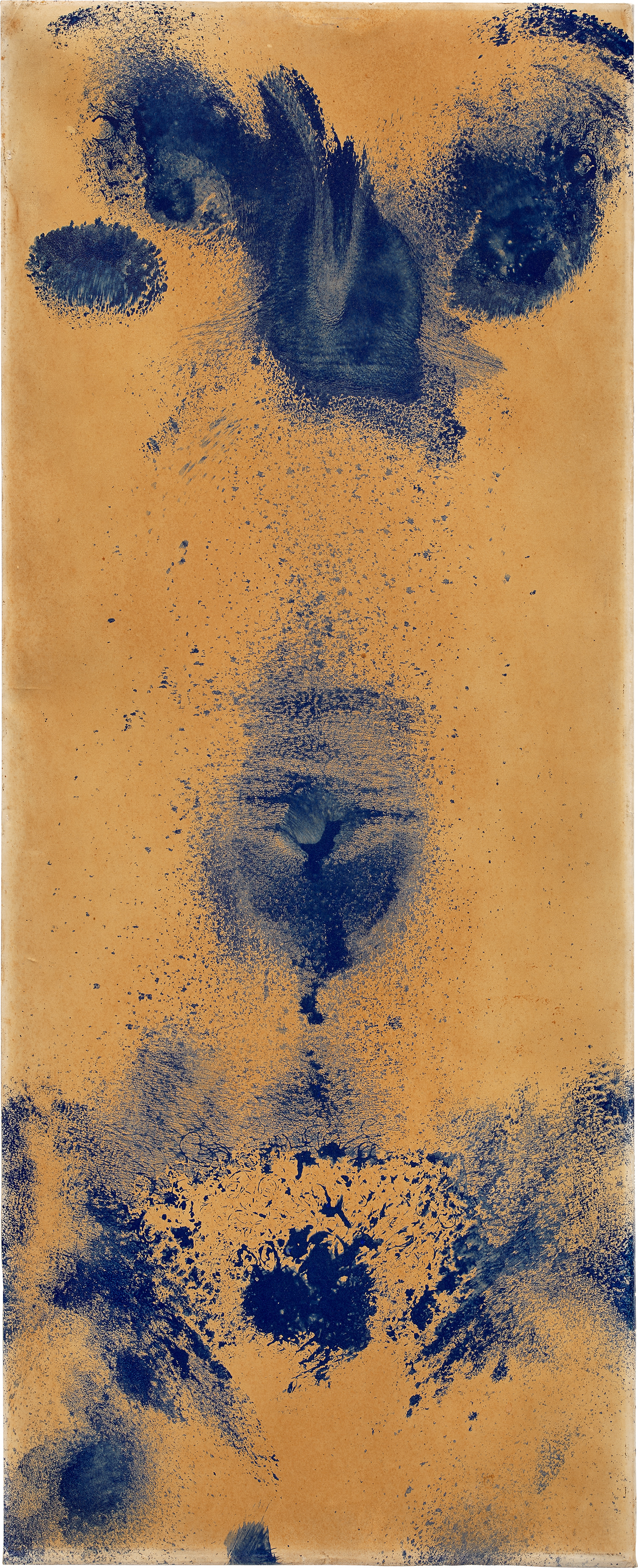

LIVING THE AVANT-GARDE: THE TRITON COLLECTION FOUNDATION
23
Yves Klein
Anthropométrie sans titre, (ANT 149)
signed "Yves Klein" on the reverse
pigment and synthetic resin on wove paper
24 3/8 x 9 7/8 in. (61.9 x 25.1 cm)
Executed in 1958, this work is registered in the Yves Klein Archives under number ANT 149.